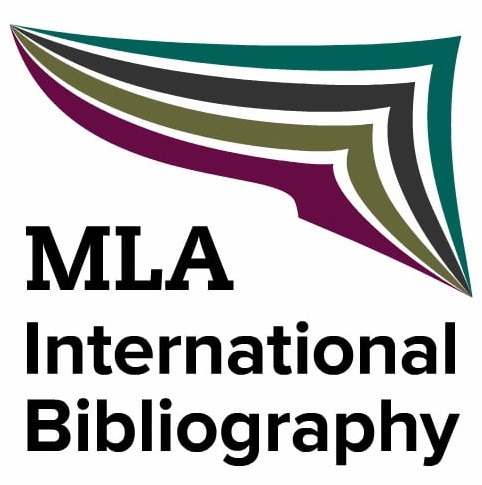Photos, Facts and Fiction: Literary Texts and Mechanical Representation
DOI:
https://doi.org/10.13135/2281-6658/3110Parole chiave:
Photos in Literary Texts, Fictionality, Reference, Photos as Objects, Mechanical Representation.Abstract
As a mechanical mode of representation, both iconic and indexical, photography has a testimonial and documentary power matched only by film and audio recordings. As Roland Barthes put it, “contrary to [language-based] imitations, in Photography, I can never deny that the thing has been there.” Yet “the thing” can be faked, the recording can be manipulated, and the testimonial value of photos can be subverted in many ways. In this article, I examine the various roles that photos can play when connected to literary texts or to graphic novels. Several cases will be discussed: photos as factual documents that complement language in nonfictional literary texts such as autobiographies; deceptive use of photos in fictional texts that try to pass as or imitate factual texts (Wolfgang’s Hildesheimer’s Marbot); non-deceptive use of photos to break the frame of a fictionalized storyworld and assert the real-world reference of the text (Art Spiegelman’s Maus); ambiguous use of photos in texts that hover between the factual and the fictional (W.G. Sebald’s The Emigrants); and the strange case of Orhan Pamuk’s Museum of Innocence, where photos as collector’s items are exhibited in a real-world museum that both refers to the text and remains independent of it, thereby documenting both the fictional and the real world.Downloads
I dati di download non sono ancora disponibili.
##submission.downloads##
Pubblicato
2018-12-25
Fascicolo
Sezione
Focus | Theories of the Phototext
Licenza
Gli autori mantengono i diritti sulla loro opera e cedono alla rivista il diritto di prima pubblicazione dell'opera, contemporaneamente licenziata sotto una Licenza Creative Commons - Attribuzione che permette ad altri di condividere l'opera indicando la paternità intellettuale e la prima pubblicazione su questa rivista.







